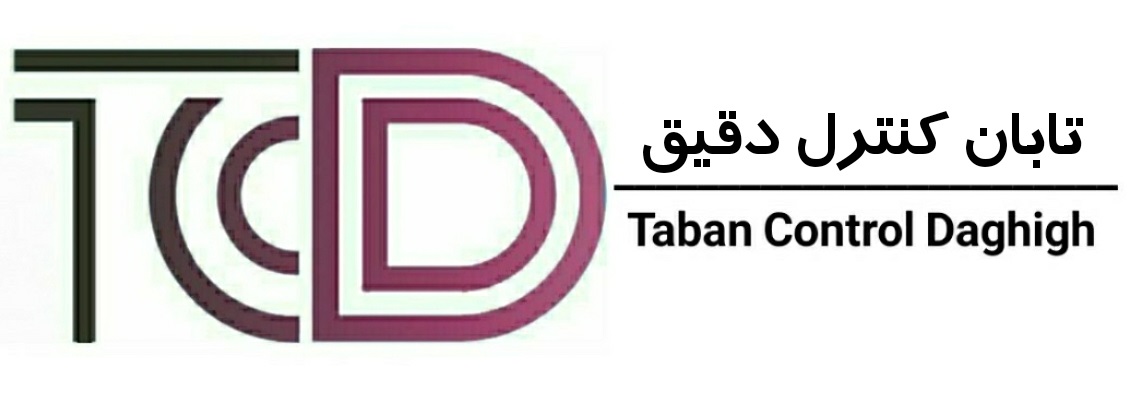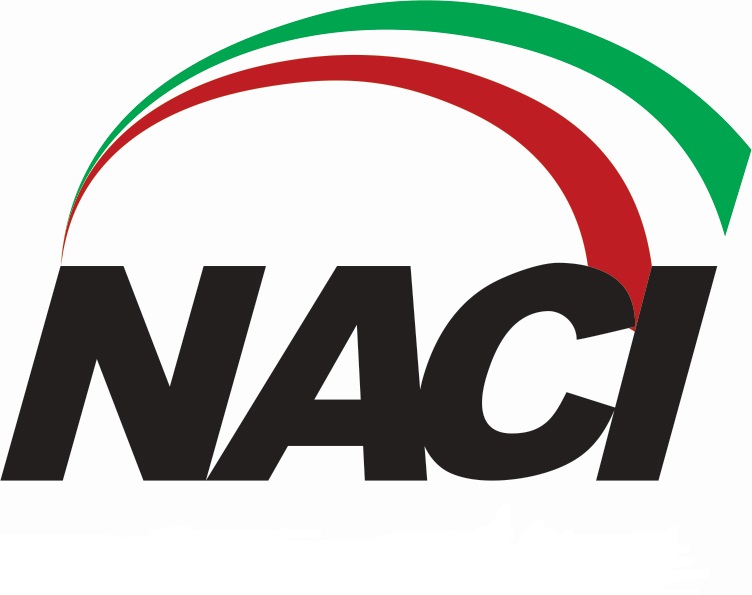
pressure laboratory
The Taban pressure calibration laboratory is one of the most comprehensive and comprehensive laboratory systems among the collaborating laboratories in the world, covering the calibration of various industrial and laboratory instruments. Using the experience and knowledge of its specialists, this laboratory is able to repair equipment in many areas of work, as well as perform calibration with the highest accuracy using a full range of modern instruments.
Pressure calibration services
- calibration and test reference measurement of all types of pressure calibrators
- Calibration of hydraulic and pneumatic pressure gauges
- Calibration of transmitters and pressure switches
- Vacuum gauge calibration
- Types of analog and digital pressure gauges
- Calibration of pressure switches
- Pressure stability (recorder)
- Penetration test
- Calibrated barometer
- Calibrate and test the performance of all types of safety valves, pressure control valves, pressure reducing valves, regulators, pipeline valves, etc.
Pressure calibration
A series of actions that, under certain conditions, establish the relationship between the indicator of the device or the measuring system or the quantity of the measured substance or reference substance and the corresponding value obtained by means of measurement standards. Calibration allows us to determine the amount of correction required in relation to the indicator. With calibration, the effect of other quantitative properties such as the volume effect can be determined.
Calibration of pressure gauges is one of the simplest calibration methods. A pressure gauge is a pressure gauge that is usually made from a Bourdon tube as a pressure gauge.
One of the most important points to know about proper instrument equipment is the calibration of the gauge. Manometers are one of the instruments used in industrial processes. Like all measuring instruments, pressure gauges need to be calibrated at regular intervals to ensure accurate performance.
Pressure in calibration problems
Pressure is a force distributed across a surface perpendicular to an applied field. Therefore, the pressure is equal to the strength of each field or p=F/A, which is used in the calibration discussion of this formula.
Different types of pressure are used around the world and can be very confusing. According to the SI system, the mechanical unit of pressure is the pascal (Pa), which is equal to one pressure per square meter, 1 Pa = 1 N / m2. Because the pascal is such a small unit of measurement, it is often used with coefficients such as the hectare, kilo, and mega. Various pressures are used around the world.
Types of pressure
There are different types of pressure such as pressure gauge, absolute pressure, vacuum pressure, differential pressure and pressure gauge. The main difference between these types of pressure is the reference point to which the measured pressure is compared. Pressure gauges are also available for all these pressures. Combination gauges are also available, including combination scales for gauge pressure and vacuum (negative gauge).
Basic principle of calibration
If we reduce the principle of barometer calibration; It can be said that when calibrating a pressure gauge, we enter a known accurate pressure value and read, write and compare the readings on the pressure gauge. The difference in the values is the error, and the error must be less than the accuracy required by the measuring device
Today there are many pressure measuring devices, which usually consist of a pressure sensor and a transducer. A pressure transducer is a device that changes or causes a change in measurement by applying pressure to the sensor, usually mechanically. For example, diaphragm, lantern and Bourdon tube sensors have displacement mechanisms. However there are different types of transducers and sometimes pressure gauges are named after the transducer. For example, we can mention the voltage transformers, load ratings, LVDT, etc. For example, we can mention piezoelectric pressure transducer, LVDT strain gauge etc.
Calibration of pressure measuring equipment (pressure gauge)
- Measuring PT digital pressure gauges
- Calibration of PDT differential pressure transmitter
- Calibration of manometers
- Calibration of the PG pressure gauge
- Calibration of PSH-PSL pressure switches
- Determination of PSH-PSHH

